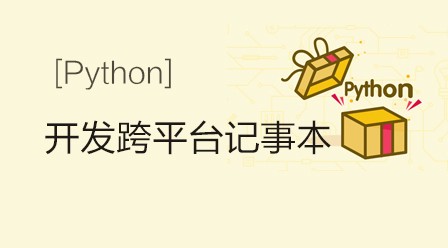
@property装饰器能把一个方法变成属性一样来调用,下面我们就一起来看看Python黑魔法@property装饰器的使用技巧解析
@property有什么用呢?表面看来,就是将一个方法用属性的方式来访问.
上代码,代码最清晰了.
class Circle(object):
def __init__(self, radius):
self.radius = radius
@property
def area(self):
return 3.14 * self.radius ** 2
c = Circle(4)
print c.radius
print c.area可以看到,area虽然是定义成一个方法的形式,但是加上@property后,可以直接c.area,当成属性访问.
现在问题来了,每次调用c.area,都会计算一次,太浪费cpu了,怎样才能只计算一次呢?这就是lazy property.
class lazy(object):
def __init__(self, func):
self.func = func
def __get__(self, instance, cls):
val = self.func(instance)
setattr(instance, self.func.__name__, val)
return val
class Circle(object):
def __init__(self, radius):
self.radius = radius
@lazy
def area(self):
print 'evalute'
return 3.14 * self.radius ** 2
c = Circle(4)
print c.radius
print c.area
print c.area
print c.area可以看到,'evalute'只输出了一次,对@lazy的机制应该很好理解.
在这里,lazy类有__get__方法,说明是个描述器,第一次执行c.area的时候,因为顺序问题,先去c.__dict__中找,没找到,就去类空间找,在类Circle中,有area()方法,于是就被__get__拦截.
在__get__中,调用实例的area()方法算出结果,并动态给实例添加个同名属性把结果赋给它,即加到c.__dict__中去.
再次执行c.area的时候,先去c.__dict__找,因为此时已经有了,就不会经过area()方法和__get__了.
注意点
请注意以下代码场景:
代码片段1:
class Parrot(object):
def __init__(self):
self._voltage = 100000
@property
def voltage(self):
"""Get the current voltage."""
return self._voltage
if __name__ == "__main__":
# instance
p = Parrot()
# similarly invoke "getter" via @property
print p.voltage
# update, similarly invoke "setter"
p.voltage = 12代码片段2
class Parrot:
def __init__(self):
self._voltage = 100000
@property
def voltage(self):
"""Get the current voltage."""
return self._voltage
if __name__ == "__main__":
# instance
p = Parrot()
# similarly invoke "getter" via @property
print p.voltage
# update, similarly invoke "setter"
p.voltage = 12代码1、2的区别在于
class Parrot(object):
在python2下,分别运行测试
片段1:将会提示一个预期的错误信息 AttributeError: can't set attribute
片段2:正确运行
参考python2文档,@property将提供一个ready-only property,以上代码没有提供对应的@voltage.setter,按理说片段2代码将提示运行错误,在python2文档中,我们可以找到以下信息:
BIF:
property([fget[, fset[, fdel[, doc]]]])
Return a property attribute for new-style classes (classes that derive from object).
原来在python2下,内置类型 object 并不是默认的基类,如果在定义类时,没有明确说明的话(代码片段2),我们定义的Parrot(代码片段2)将不会继承object
而object类正好提供了我们需要的@property功能,在文档中我们可以查到如下信息:
new-style class
Any class which inherits from object. This includes all built-in types like list and dict. Only new-style classes can use Python's newer, versatile features like __slots__, descriptors, properties, and __getattribute__().
同时我们也可以通过以下方法来验证
class A: pass >>type(A) <type 'classobj'>
class A(object): pass >>type(A) <type 'type'>
从返回的<type 'classobj'>,<type 'type'>可以看出<type 'type'>是我们需要的object类型(python 3.0 将object类作为默认基类,所以都将返回<type 'type'>)
为了考虑代码的python 版本过渡期的兼容性问题,我觉得应该定义class文件的时候,都应该显式定义object,做为一个好习惯
最后的代码将如下
class Parrot(object):
def __init__(self):
self._voltage = 100000
@property
def voltage(self):
"""Get the current voltage."""
return self._voltage
@voltage.setter
def voltage(self, new_value):
self._voltage = new_value
if __name__ == "__main__":
# instance
p = Parrot()
# similarly invoke "getter" via @property
print p.voltage
# update, similarly invoke "setter"
p.voltage = 12另外,@property是在2.6、3.0新增的,2.5没有该功能。








